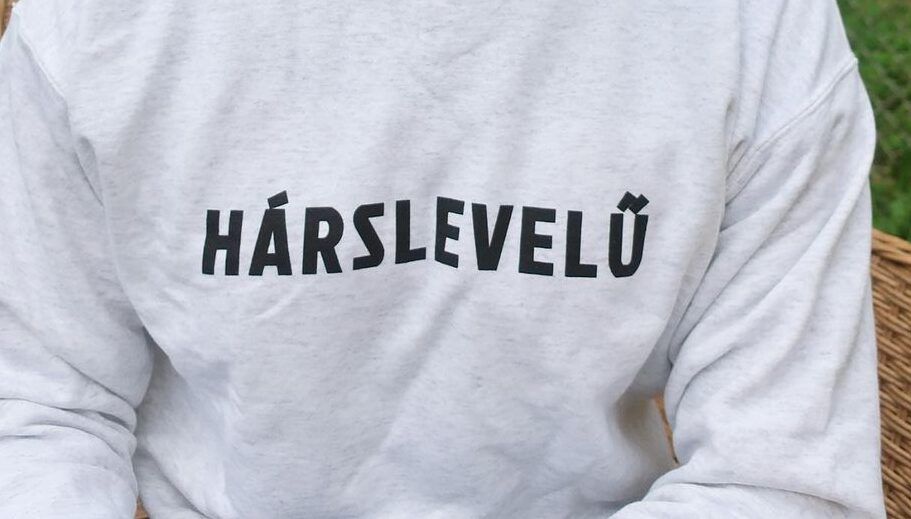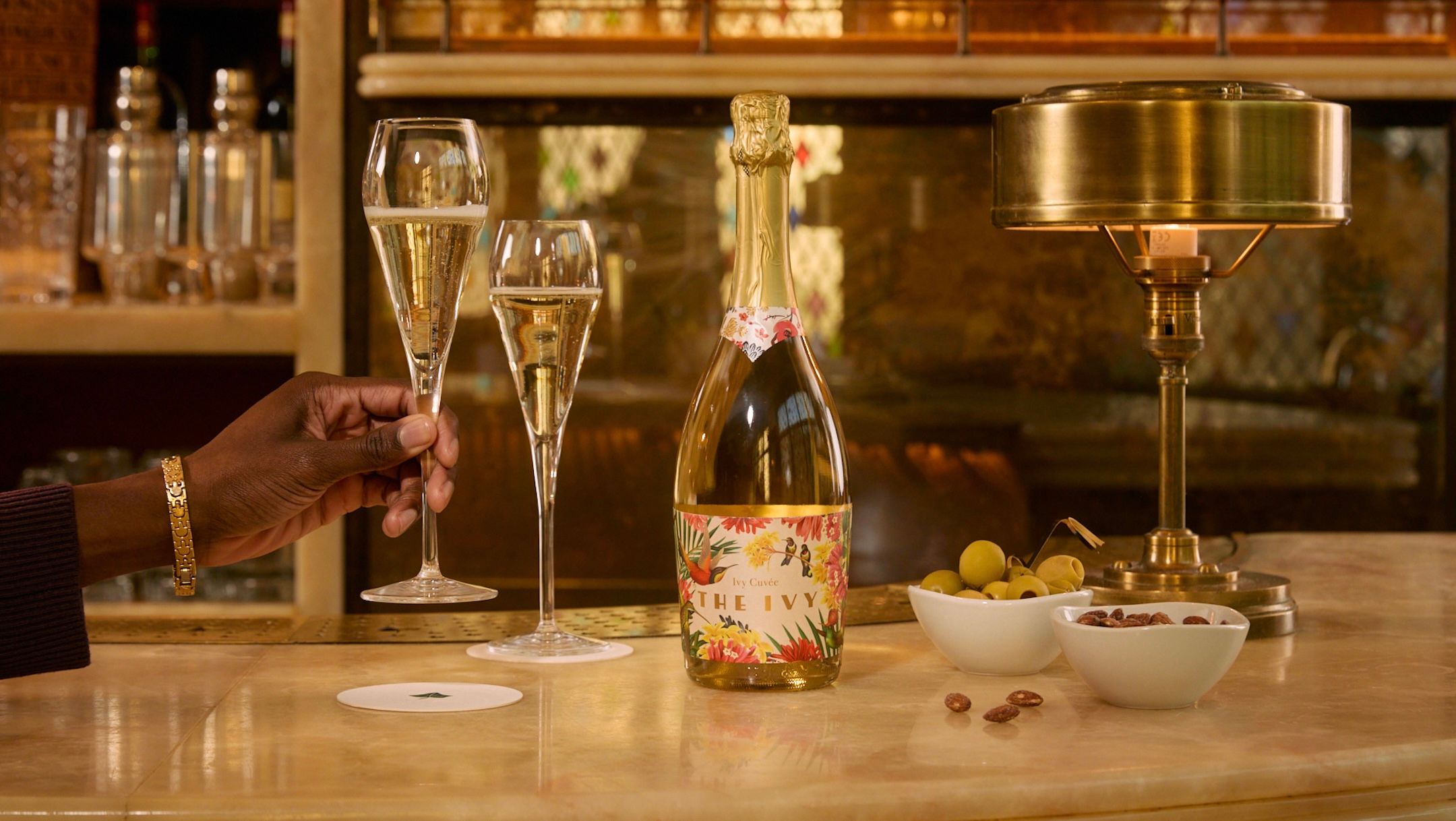“One thing’s clear. Now the on-trade – and indeed the off-trade – has taken Furmint on board as a go-to variety, the door has been opened to the other varieties this oenologically fascinating country has to offer,” writes Keay.
Hárslevelű belongs to that tongue-twisting pantheon of white Hungarian grape varieties – think also Arany Sarfeher, Cserszegi Fuszeres, Kiralyleanyka Kovidinka and Sargomuskatoly – which like all Hungarian nouns are easy enough to say after a glass or three. But seriously, although there are whole You Tube videos devoted to the pronunciation, once said, you’re away; ‘harsh-level-ooo’ means ‘linden’ or ‘lime leaf’, and is a crossing between Furmint, Hungary’s leading white variety, and the much more obscure Tzimlyanski Belyi (another for the pantheon),
But although it is the second most planted white variety and a key component of the world famous Tokaji Aszu wines, where it was first officially found in 1723, Hárslevelű has long played second fiddle. Until now. With winemakers becoming less risk averse and experimenting more with terroir, as well as using more modern winemaking practices, this is a variety that is now demanding more respect, not least because site is absolutely key to good quality Hárslevelű; as a result, most of the good ones tend to be single vineyard wines. And it must be said, it is demanding recognition: outside Hungary and Slovakia – where it is known as Lipovina – and Romania and Germany, which have tiny plantings, its profile is so low as to be non-existent.
An ambitious tasting of Hárslevelű
So Wines of Hungary opted to showcase it in their first Zoom tasting devoted to the variety.
It was an ambitious event; some 36 members of the trade Zoomed in to taste the 12 samples gathered by 67 Pall Mall in a Masterclass hosted by Caroline Gilby MW and 67’s Zsofi Kiss.
It was also fascinating, in showing the extraordinary range of Hárslevelű , from Centurio’s Fay-Domb Hárslevelű 2020, a steely, youthful almost austere take, through Pajzos Tokaji Hárslevelű 2015, a delicious wine from an historic vineyard showing how gracefully the variety can age.
And with residual sugar levels otherwise ranging from Benedek’s zero grams through the more typical residual sugar range of 3-6 g/l, it was great to conclude with Fuleky’s Uragya Hárslevelű 2019; from a famously beautiful vineyard, this was big, with 24 grams of residual sugar though supported with 6.1 g/l of acidity. As I say, an amazing range from a grape that really deserves to be better known.
“It’s an easy grape to fall in love with, spicy and inviting. And also exciting right now, as winemakers are treating it as the new kid on the block and experimenting with what works best,” says Gilby.
Winemakers echo this.
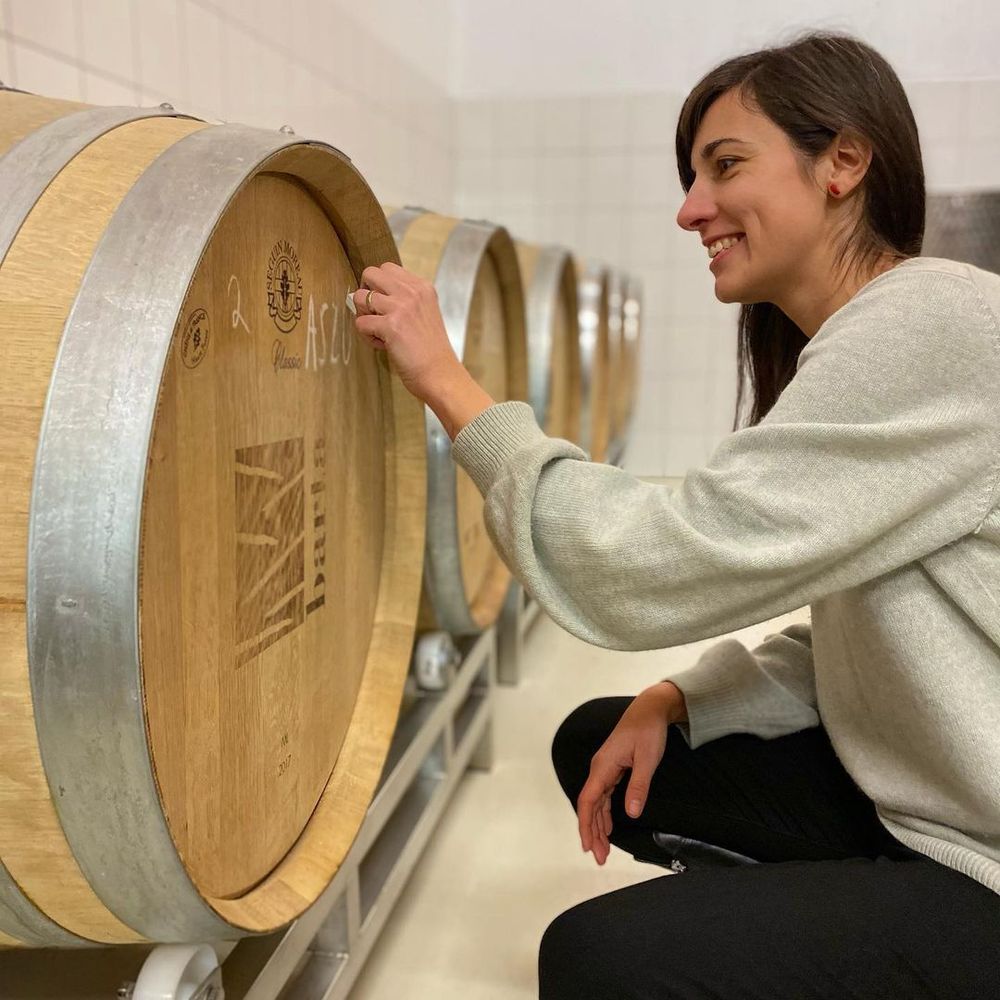
Barta’s winemaker Vivien Ujvari
“I fell in love with Hárslevelű when I arrived at Barta Winery,” says Vivien Ujvari. “I still remember when I smelt and tasted Hárslevelű bunches. The aromas were so open, so spicy-fruity-salty-floral – all at the same time – and so concentrated on the palate. I knew it would be easy to make a very prominent wine from them. Basically, when the crop is good, the winemaker’s job is fun.”
Kata Zsirai of her eponymous winery admits Hárslevelű shares some characteristics of Furmint – like high acids, high phenol content good for both dry and sweet wines – but stresses its expressiveness.
“Thanks to the diverse soils it can be very different depending on where it is grown. From Tokaj, it is more mineral and less aromatic, but its main characteristic is linden blossom and honey. Here the dry Hárslevelű can be a full-bodied wine with high acids with a hint of honey smell and taste,” she says.
Erica Racz of SanzonTokaj describes it as a very welcoming variety, less steely than Furmint can sometimes be.
“Hárslevelű is more “friendly” when you smell it, with rich floral and honey flavours. But it also has a structured and more layered texture with fresh acidity and long ageing potential,” she suggests.
In Somlo the wines are quite distinct from those made in Tokaj, according to Karoly Kolonics of the eponymous winery.
“We have a unique geology, growing vines on basalt resulting in distinguished, incomparable wines full of volcanic minerality. The main attraction compared to Furmint is the complexity. There are more intense, longer fruit tastes and aromas,” he says.
So which wines stood out from the dozen we tried?
I re-tasted six of those that struck me as the most interesting in small sample form, and which represented a wide range geographically and stylistically.
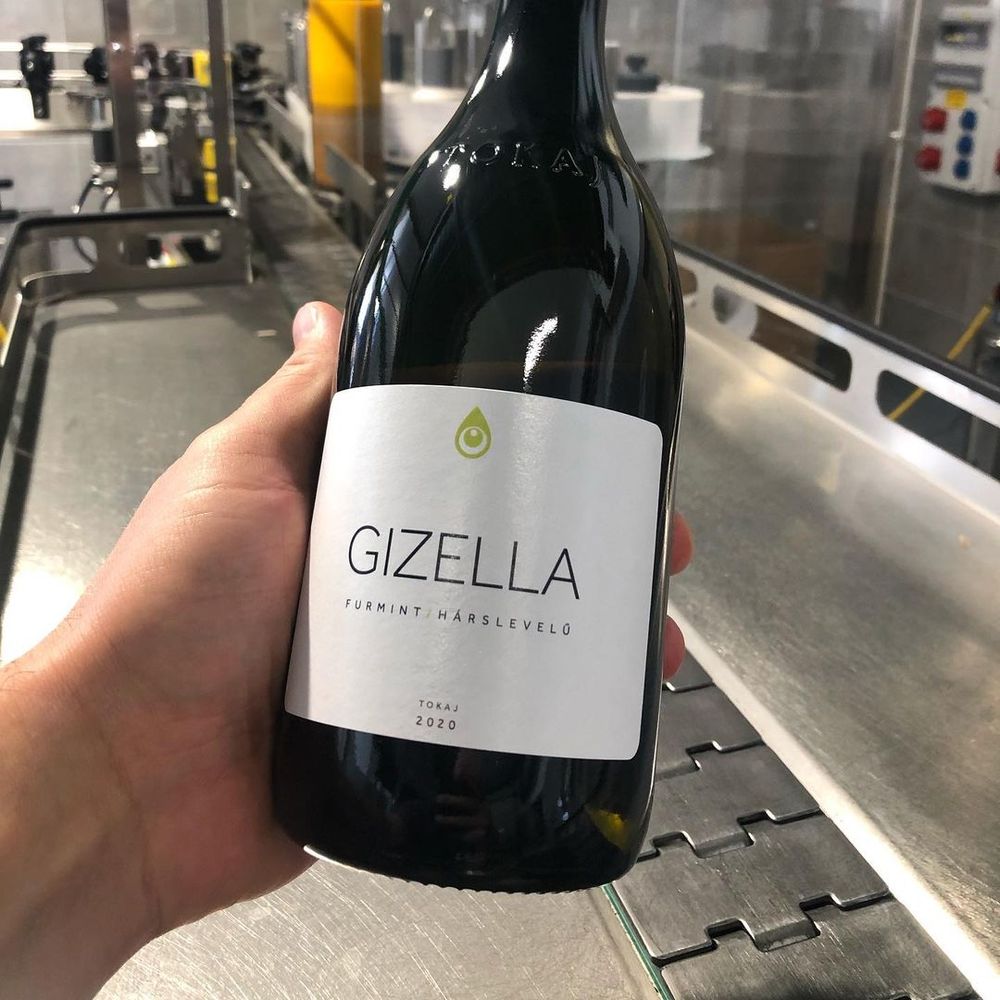
From Tokaj, the Gizella Pince Gizella 2019, a blend of 65% Furmint and 35% Hárslevelű is an off-dry crowd pleaser, with the Hárslevelű giving roundness and richness to the Furmint, confirming why these varieties make such a great blend, although producers argue Furmint must constitute the great proportion. (Novel Wines).
Barta’s Öreg Király Dűló Hárslevelű 2019 is also great, full and rounded, showing lots of lees age, ageing potential, and very distinctive. This will improve after a few more years in bottle but is drinking well now. (Corney and Barrow).
Zsirai’s Hárslevelű 2016 was very different, one to appeal to those who like lots of zesty acidity (here it is 7.4 g/l, one of the higher ratios amongst the wines shown). Although there is a lot of fruit expression and a generous palate, it was the intense minerality that shone through here, and the alcohol level – of 12.5% abv – was amongst the lowest of the wines (the others ranged from 13-14.5% abv).
Very different again, and at a higher price point – around £25 against typically £16 for most of the other wines – is the Royal Tokaji Betsek Vineyard Hárslevelű 2019, quite rich and rounded but probably needing a few more years to show at its best. Christopher Donaldson MW of Royal Tokaji says volume is small, deliberately so.
“Our Betsek Single Vineyard accentuates the spicy side of the wine. It also undergoes barrel fermentation and maturation which could be as long as a year. This gives structure, body and length, adding aromatics to the taste from the barrel maturation and aiding development,” he says.
For me, the non-Tokaj wines showed particularly well, demonstrating how well the variety can perform outside its native heartland. Kolonics Nagy-Somloi Hárslevelű 2018 is wonderful honeyed yellow, very full bodied, with suggestions of herb and marzipan – very distinctive, with the Somlo terroir adding depth and maturity, alongside the ageing in oak and acacia barrels (Wanderlust Wines). Really quite delicious.
From Matra, the second largest wine region in Hungary (located in the north-west corner) Benedek’s Oreg Tokek Hárslevelű 2019 was a real mouthful and not just to pronounce. With zero sugar, I was preparing myself for something quite extreme but was pleasantly surprised by the rounded character of the fruit, suggesting honeydew melon and apricot, in what was one of the more gastronomic wines of the tasting (Not available UK).
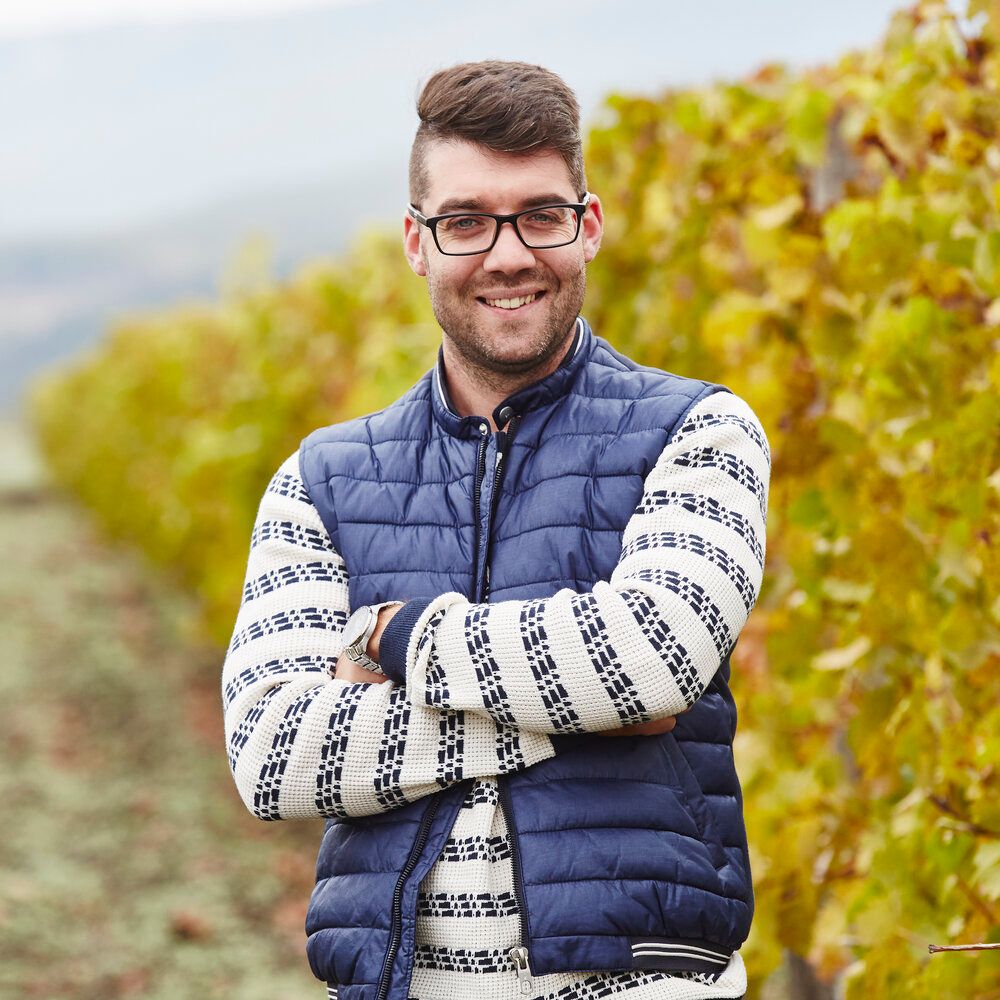
Zero dosage: Péter Benedek
Some additional thoughts about Hárslevelű
One take away I had from trying these wines in bottles rather than samples was how much they evolved over hours and days, often quite unexpectedly so, whilst the samples demonstrated simple snapshots which in quite a few cases really didn’t do the wines any favours at all.
I also noted that all six came in the distinctive long necked, broad shouldered bottles created for dry Furmint by Geza Ipacs in 2016, who adapted the design from Tokaji Aszu bottles. To my mind these unique bottles have played an important role in branding Hungarian Furmint globally and it’s interesting to see them also being used by producers of Hárslevelű, even from regions outside Tokaj. Does this also reflect a desire by ambitious local winemakers to demonstrate the age-ability of Hárslevelű by putting it into bottles that vaguely recall Burgundy? Certainly the roundness of flavour, generosity of fruit and broad expression are all there and do suggest occasional similarities to good Chardonnay.
One thing’s clear. Now the on-trade – and indeed the off-trade – has taken Furmint on board as a go-to variety, the door has been opened to the other varieties this oenologically fascinating country has to offer. Hárslevelű is clearly a grape we will be seeing and tasting a lot more of.
Maybe next up will be another favourite of mine, Juhfark. I’m already really looking forward to hearing people get the pronunciation of that right.
